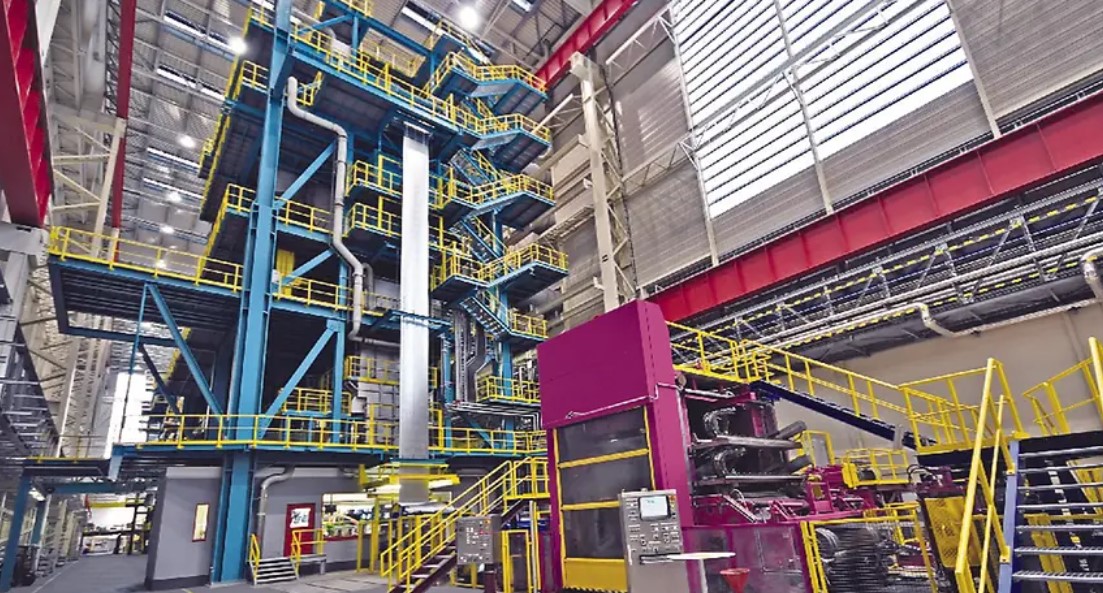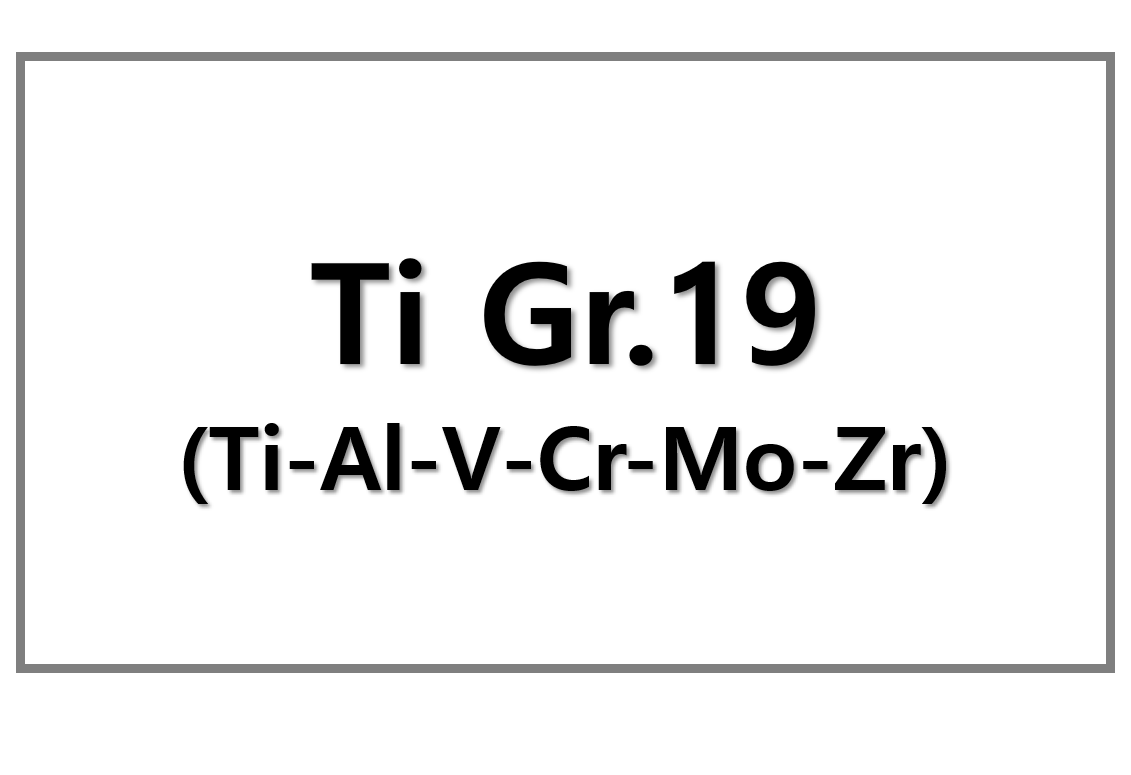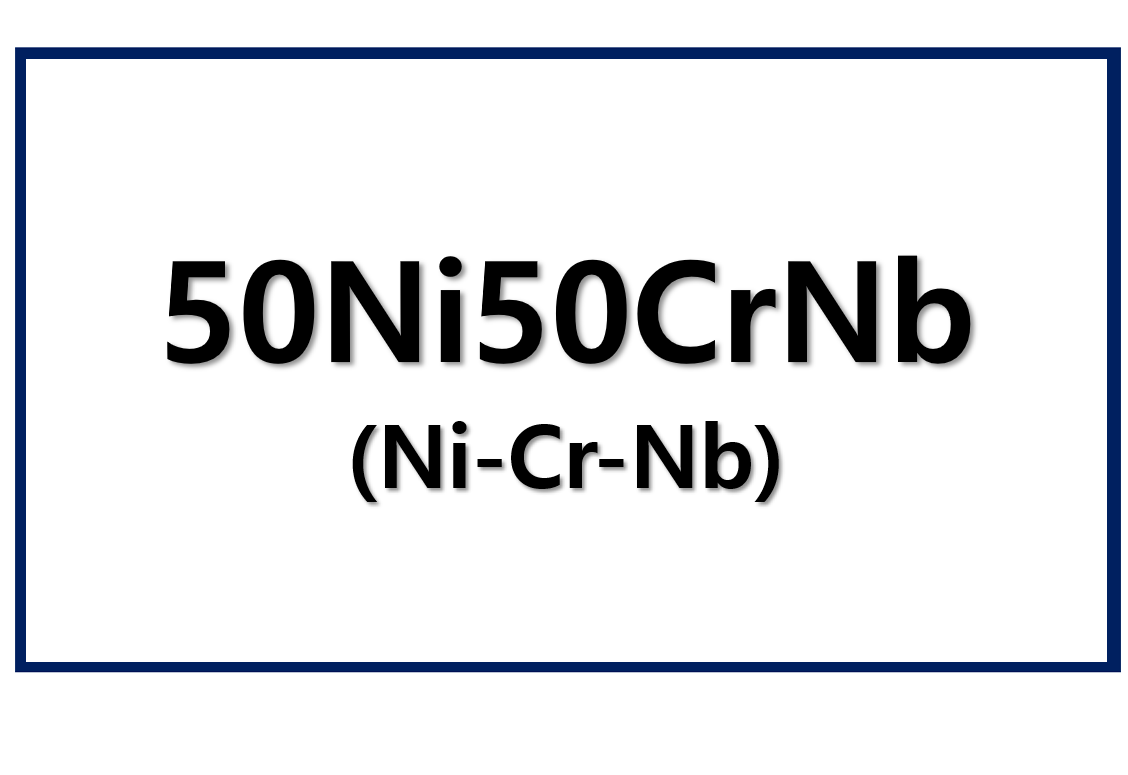
Researchers from Linköping University in Sweden have studied how different scanning strategies affect the structure-property relationship of 316L stainless steel processed using Electron Beam Powder Bed Fusion (PBF-EB) Additive Manufacturing. Their findings, published in Materials & Design, show how scanning patterns influence both material properties and microstructure.
Impact of Scan Strategies on Microstructure and Mechanical Properties
The team tested eight scanning strategies and discovered that the localized microstructure is mainly influenced by beam path length and melting-remelting cycles. They found that non-standard scanning techniques, which caused more turbulent thermal conditions, resulted in unique dislocation substructures. Some strategies led to lower densities, but they showed different mechanical properties compared to the reference raster scan.
The yield strength and ultimate tensile strength of PBF-EB processed 316L stainless steel surpassed conventionally produced and annealed 316L. These strengths closely matched the requirements for nuclear applications. This suggests that customized scan strategies can improve mechanical properties for specific uses.
Industrial Proof of Concept
To test their approach, the researchers created a scaled-down version of an industrial component using different scan patterns. They performed mechanical testing and showed that scan strategies influenced both microstructure and performance. This proof of concept highlights the potential of PBF-EB additive manufacturing in industries that need high-performance materials, like aerospace and nuclear.
By utilizing flexible scan path designs, this study opens up new possibilities for optimizing 316L stainless steel properties, expanding its applications in advanced manufacturing.











Leave a Reply
You must be logged in to post a comment.